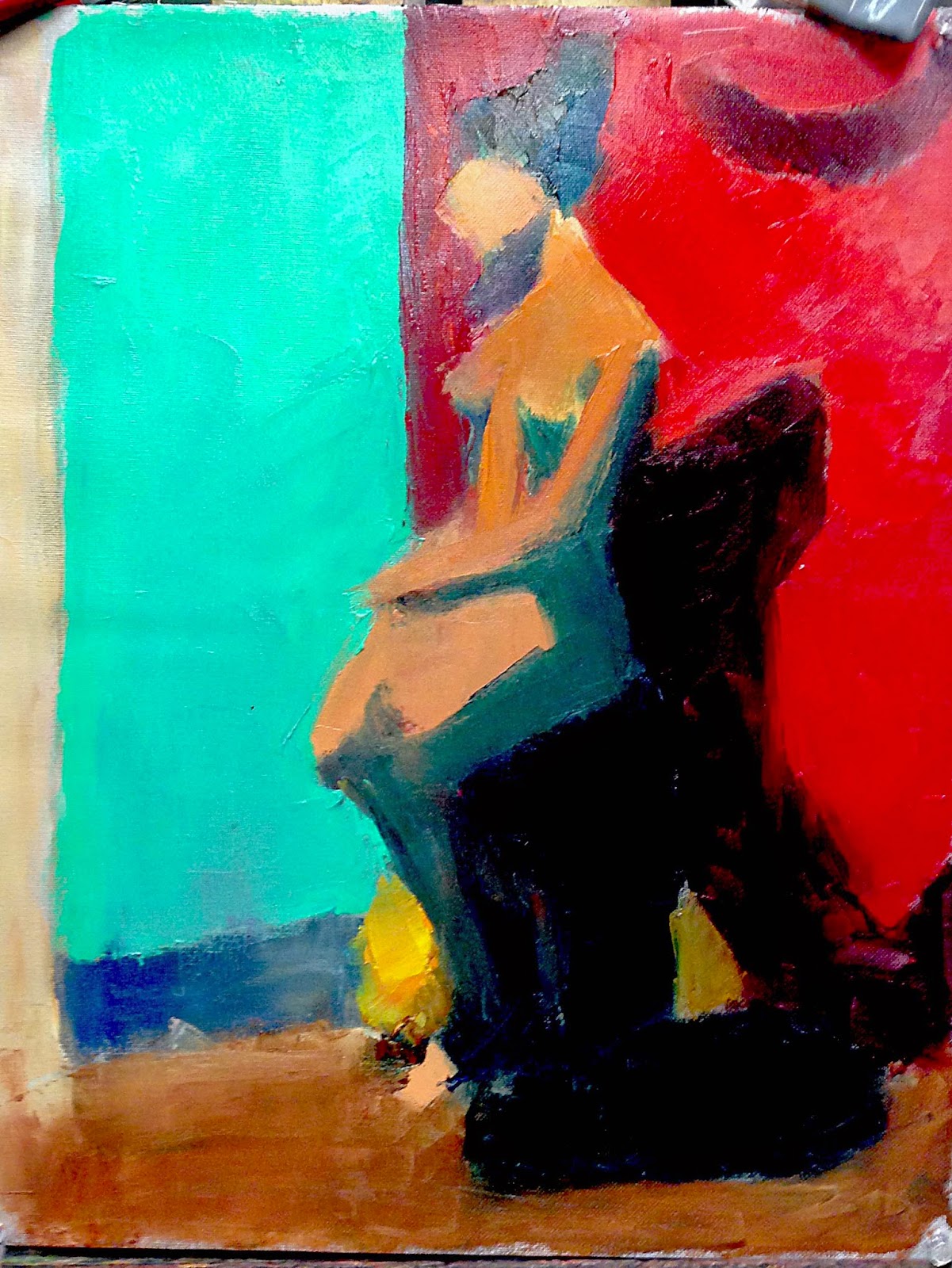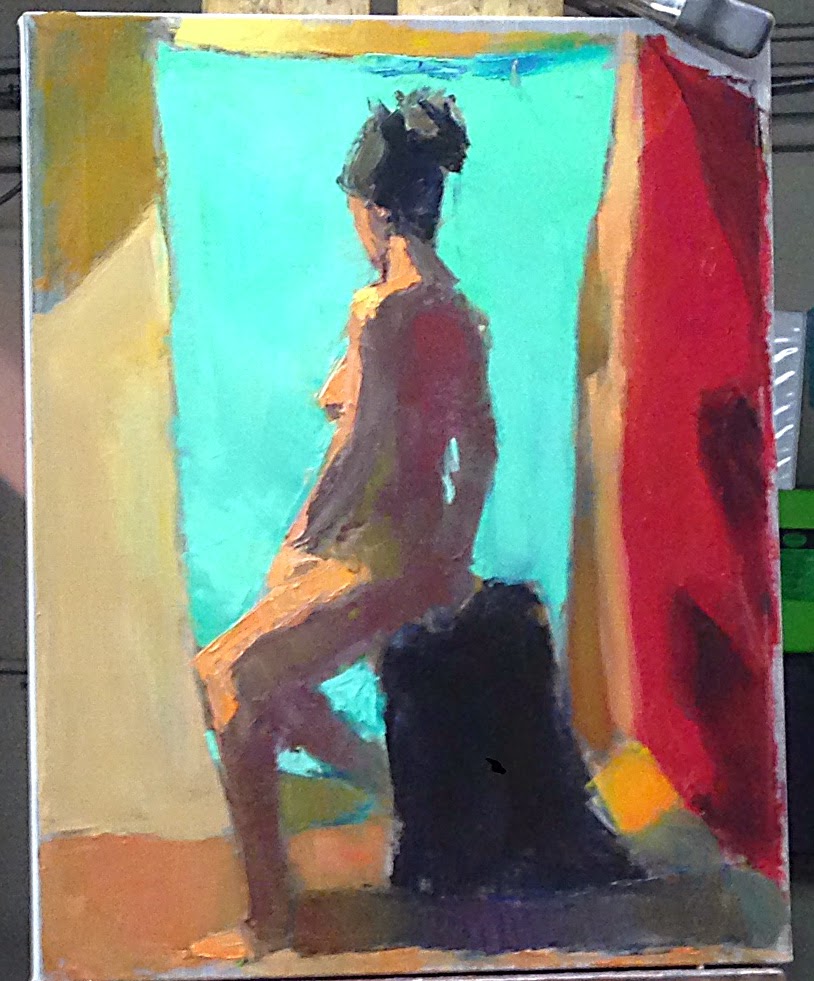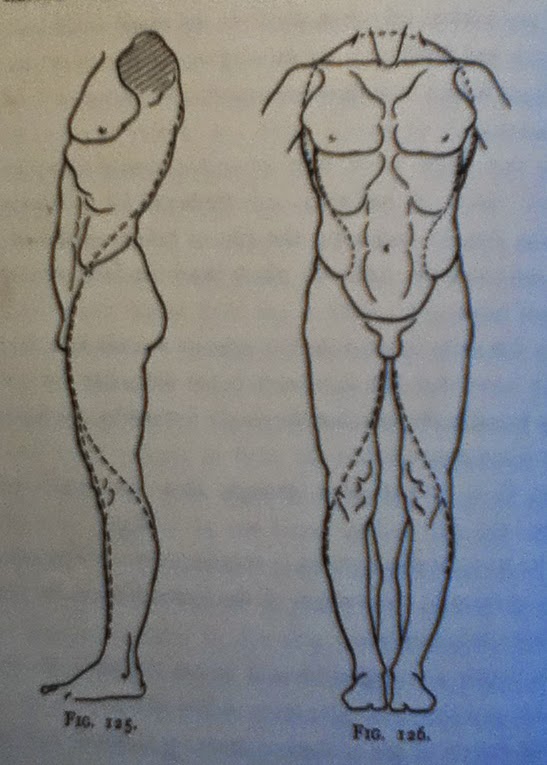COLOR STUDY - LEVEL ONE
Remember that moment in the film "The Wizard of Oz" when Dorothy steps out of her black-and-white world by opening her front door and gazes into the razzle-dazzle color world of Oz? Well, that is what it will be like when you take your first year at Studio Incamminati and, after nine months of charcoal gesture drawings and value studies, you embrace a palette of 23 colors and look out onto a stage of painted boxes.
We are told that, rather than match the color you see, you must push the relationships of color to give the full effect of the light on form. This is the same concept with value study. It is not about matching the value you see, but experiencing that value in the context of a light situation.
Our course description, below, will clarify the objectives.
Start with one box.
Push the realm of color as value.
Course Description
The purpose of this class is to gain an understanding of color relationships and pigments, and to gain the ability to recreate the illusion of light on form through a series of simple exercises called color studies. For this semester, these introductory color study exercises will involve painting colored boxes and simple still life objects under artificial light.
Emphasis is placed on understanding the various elements, i.e. value, hue and saturation, that influence color relationships.
Outline
Students begin each color study by establishing simple light and shadow masses in grisaille. They will then build the painting with simple shapes of color that capture and recreate the relationships of the lighting situation. The semester will begin with simple exercises utilizing boxes or objects that have planes and strong color, and will increase with complexity as the semester progresses and as the student demonstrates readiness.
We have been told that we will do at least one hundred of these.
There are three passes. The first time around you will be getting your first impression of the relative value, reaching for the boldest statement of color and the least amount of mixing. In fact, mix on your canvas.
The second pass would be an alteration of the values to more approximate the situation.
The third pass would be a hue and temperature decision and another calibrating of the values.
For reading on the matter, a book on










































































































